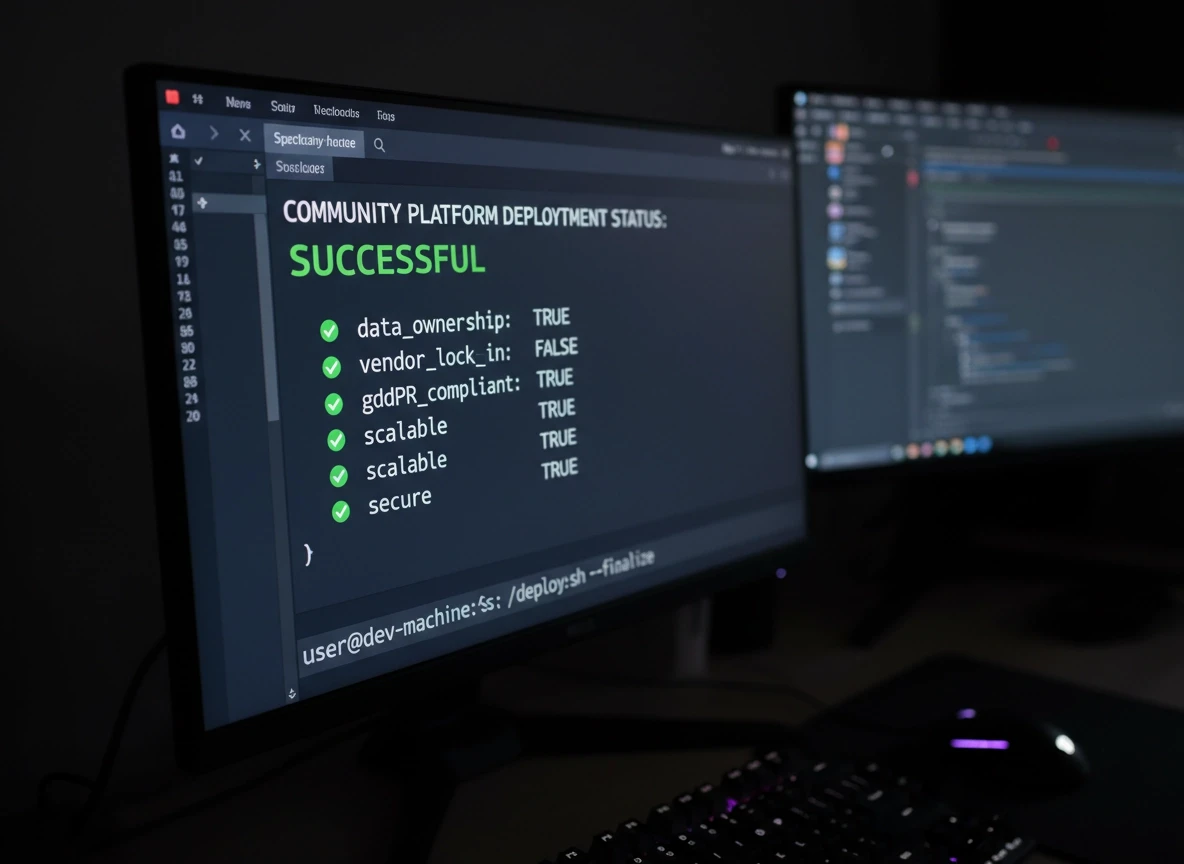How to Calculate and Reduce Churn in Your Brand Community
• 4 mins read
Reduce the churn rate in your Brand Community. Here’s how.
If you're managing a Brand Community, you know how crucial it is to keep member loyalty high and churn rate low. A high churn rate means you're losing potential customers and brand ambassadors—negatively impacting both your revenue and your reputation.
But what causes members to leave your Brand Community? And how can you prevent and counteract this?
In this article, we’ll explain how to calculate your community’s churn rate, what factors influence it, and what strategies you can adopt to reduce it and improve member retention.
How to calculate your Community’s churn rate and understand why users leave
The churn rate is calculated by dividing the number of users lost during a given time period by the total number of users at the beginning of that period, then multiplying the result by 100. Here’s the formula:
Churn Rate = (Users Lost ÷ Users at Start of Period) x 100
For example, if you start the month with 500 users and end with 450, your churn rate is 10%:
Churn Rate = (50 ÷ 500) x 100 = 10%
It’s not always easy to determine when a churn rate is problematic. Generally, a churn rate below 5% is considered acceptable. However, if it nears or exceeds 10%, you should act quickly to address the issue.
Churn can be caused by several factors, including:
Poor customer experience. If members feel ignored, unsupported, or undervalued, they’re unlikely to stay engaged or loyal. On the other hand, a personalized, smooth, and enjoyable experience encourages participation and turns members into brand advocates.
Lack of membership benefits. If users don’t see any clear advantage to being part of your community, they may lose motivation and leave.
Negative onboarding experience. If newcomers struggle to understand how your community works or feel lost right after registering, they might quit before ever participating.
Low engagement and interaction. Community members want to feel part of an active, dynamic group where they can interact and share experiences. Without this, they may lose interest and look elsewhere.
3 Strategies to Reduce Churn in Your Brand Community
1. Deliver Value to Your Members
The first step in reducing churn is to provide tangible or intangible value that motivates users to participate actively.
Value can be delivered in different forms, depending on your type of community and target audience. For example:
Content that addresses your members’ needs, questions, or interests
Discounts, freebies, rewards, or exclusive perks tied to your products or services, potentially through a loyalty system
To provide real value, you need to deeply understand your audience—their needs, preferences, and expectations. You also need to monitor outcomes and measure member satisfaction and engagement levels.
Our platform, SelfCommunity, allows you to do exactly that—offering full control over user data and powerful analytics to evaluate engagement strategies and continuously improve your community experience.
2. Segment and Personalize Your Communication
Another way to lower churn is by segmenting your members and personalizing your communication. This means grouping users based on behaviors, preferences, or demographics and tailoring messages accordingly.
Here’s how to do it effectively:
Gather data about your members through surveys, interviews, content analysis, or behavior tracking
Analyze the data to identify key segmentation factors
Define the characteristics of each group to craft personalized messages and offers
SelfCommunity’s Social Analytics features help you collect and analyze this data, enabling precise segmentation aligned with your business goals.
3. Leverage Push Notifications
Push notifications are automatic messages sent to users’ devices—even when they’re not on your platform. They’re designed to boost engagement and invite users to return and interact.
To use them effectively (without becoming annoying):
Don’t send too many in a day
Personalize them based on member preferences and activity
Use persuasive and engaging language
Occasionally offer exclusive or time-limited content to boost urgency
Choose the right time to send messages—avoid late nights or work hours
Monitor engagement through SelfCommunity’s analytics tools to optimize timing and messaging for each audience segment



